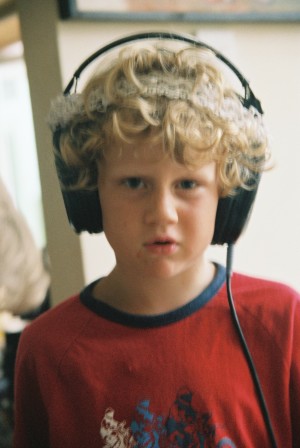A child with dyspraxia may show
- Poor balance.
- Poor posture.
- Poor awareness of body position in space.
- Poor sense of direction.
- Difficulties with vision.
- Poor fine and gross motor skills; for example, difficulties with throwing and catching a ball, skipping, or riding a bike.
- Sensitive to touch; even a label in a t-shirt may itch. Finds some clothes uncomfortable.
- Upset when having hair or teeth brushed, or nails and hair cut.
- Clumsiness; falls often or bump into things.
- Difficulty with reading, writing, speech.
- Confusion with regards to right and left, for instance which hand to use.
- Slow to learn to dress themselves.
- Poor social skills.
- Emotionally immaturity..
- Signs of being easily frightened
A great deal of the above overlaps with what you would encounter in a child with dyslexia, autism and ADD. Dyspraxia is a global term for difficulties related to language production and perception. The jury is still out on what causes dyspraxia but an auditory processing disorder is most likely a major factor.

Fortunately something can be done with all of the above symptoms. Not just through Listening training, but also via speech therapy, and working with a good occupational therapist or a body-oriented therapist. And last but not least by joining forces with the school if they have time and resources to support your child.


